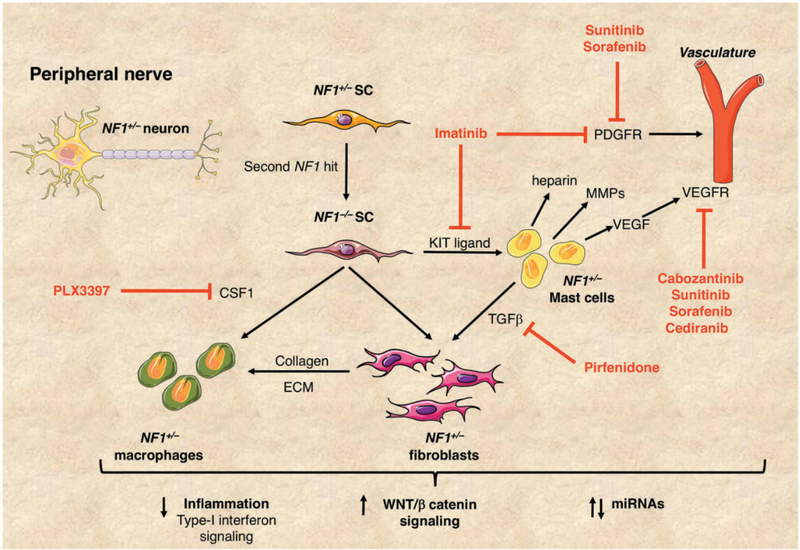Figure 3. Plexiform neurofibromas in NF1.
Plexiform neurofibromas (PNFs) develop from NF1+/− Schwann cells (SC) with a second hit resulting in NF1 biallelic inactivation (NF1−/−). These tumors comprise a mixture of SCs, mast cells, macrophages and fibroblasts intrinsic to the peripheral nerve. The growth of PNFs depends on the complex interplay between these cell types. KIT ligand is secreted by NF1−/− SCs and acts as a chemo-attractant for NF1+/− mast cells. In turn, NF1+/− mast cells produce TGFβ, stimulating NF1+/− fibroblasts to increase collagen production and other extracellular matrix (ECM) proteins. NF1+/− mast cells also produce heparin, vascular endothelial growth factor (VEGF) and matrix metalloproteinases (MMPs) promoting tumor vascularization and tumor invasiveness. NF1−/− SCs secrete colony-stimulating factor (CSF1) thereby recruiting macrophages, aiding tumor progression. Small molecule inhibitors in NF1 clinical trials are shown in red. Recent reports have highlighted the importance of inflammation, increased signaling through the WNT/β-catenin pathway and misregulated miRNAs in PNFs, all of which may represent potential therapeutic targets.

